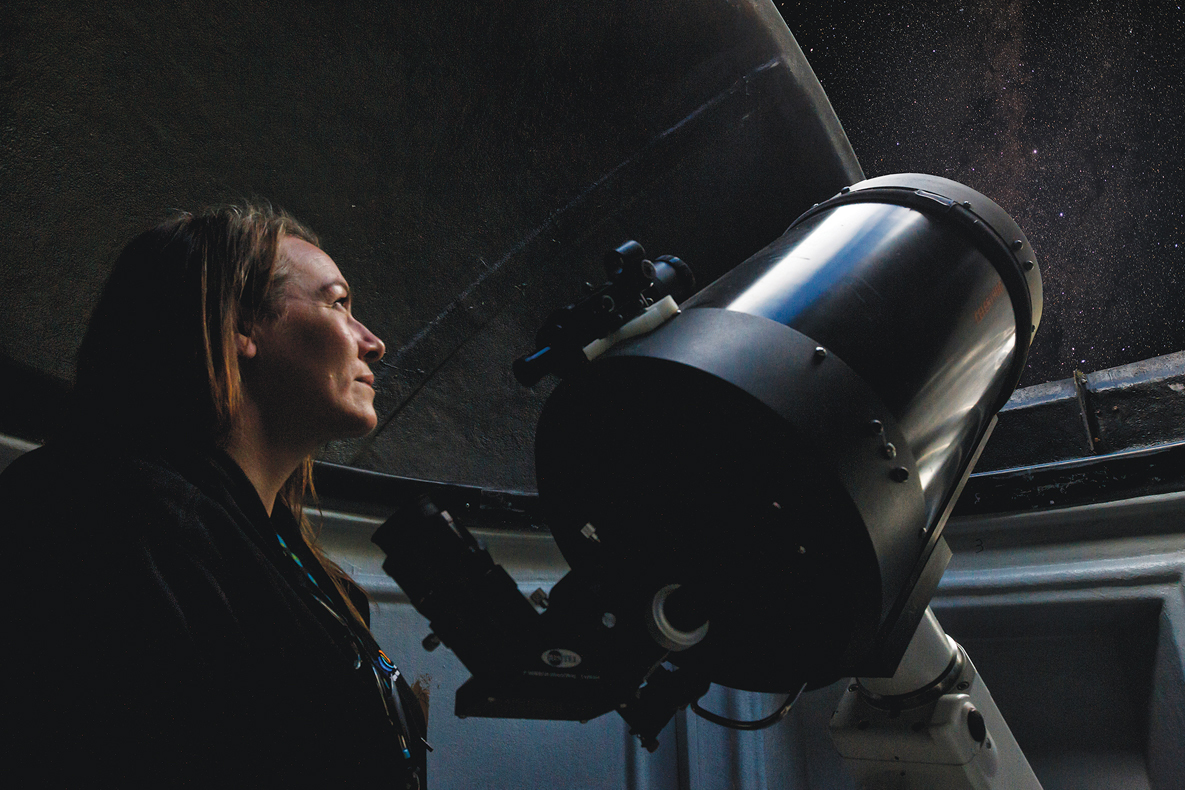
By Joe Novella Photos Yanni & Supplied
The Briars Historical and Conservation Park is a much-loved treasure for the residents of the Mornington Peninsula. It’s a place where the local community and visitors come together to take in the local flora and fauna, attend local markets and events, learn about the area’s history and ecosystem and so much more. But there is one part of the park that is relatively unknown and it’s a true hidden gem.
High on the hill overlooking the Briar’s Park Ranger’s Station, sits an observatory, but not just any observatory. The Mount Martha Observatory at the Briars is the Mornington Peninsula Astronomical Society’s (MPAS) registered observatory and the first registered amateur observatory in Australia. It is one of a network of registered global monitoring stations of night-sky light pollution.
The society has five permanently mounted telescopes of different types and sizes in two buildings, one of those buildings being a roll-off roof observatory and the other a rotating roof dome. There is also a large auditorium called the Don Leggett Astronomical Centre where the MPAS holds meetings, lectures and public stargazing events. The MPAS also has several portable instruments that members use when visiting schools and Scout/Guide halls around the region, as well as a very specialised, purpose-built, solar telescope that can only observe the sun and nothing else.
So, while the Mount Martha Observatory is registered as an amateur observatory, its telescopes are research grade and capable of looking deep into the night sky, unveiling objects in space otherwise hidden to the naked eye. The telescopes also provide the perfect vehicle for astrophotography, enabling many of MPAS’s members to take breathtakingly beautiful pictures of the moon and planets of our solar system, and of nebulae, galaxies and other bodies that exist deeper in space.
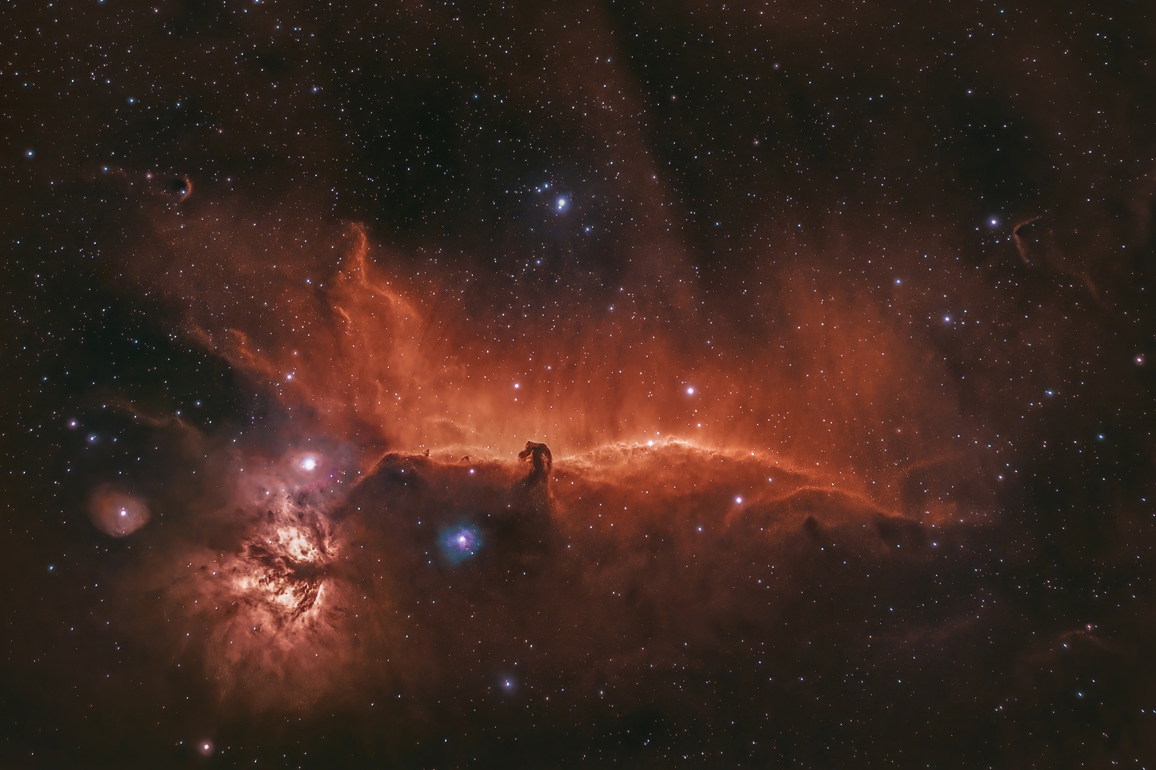
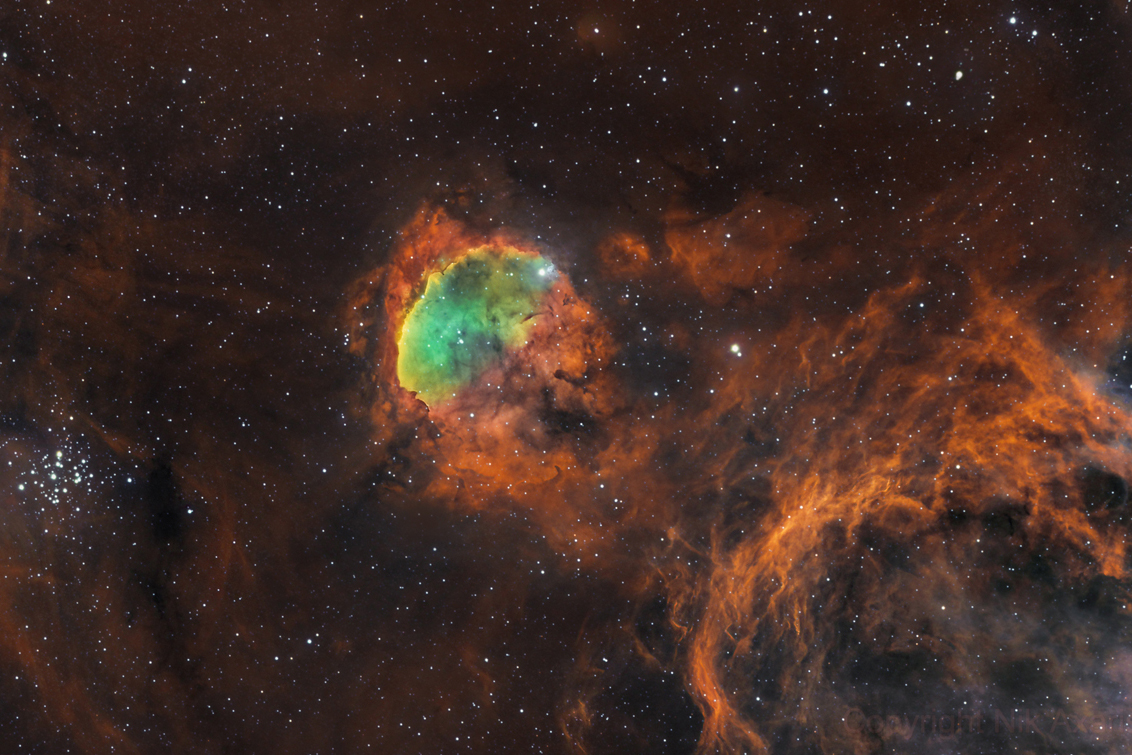
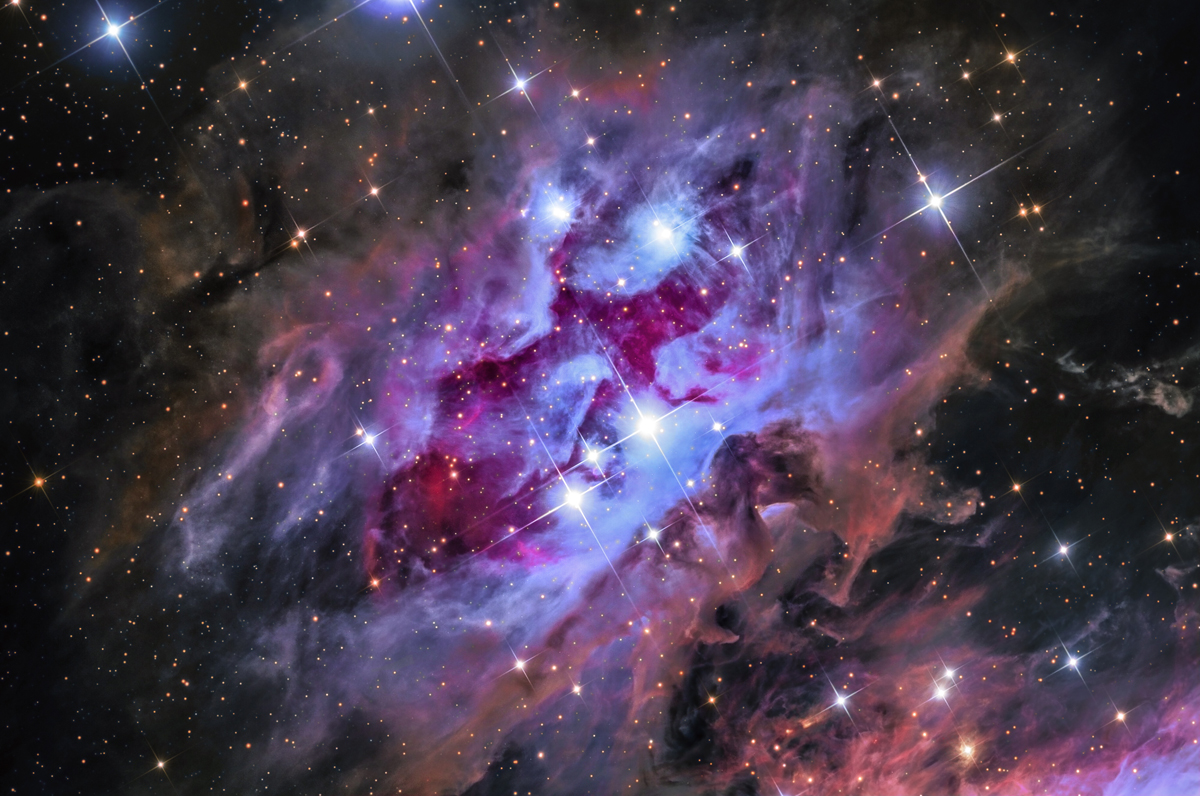
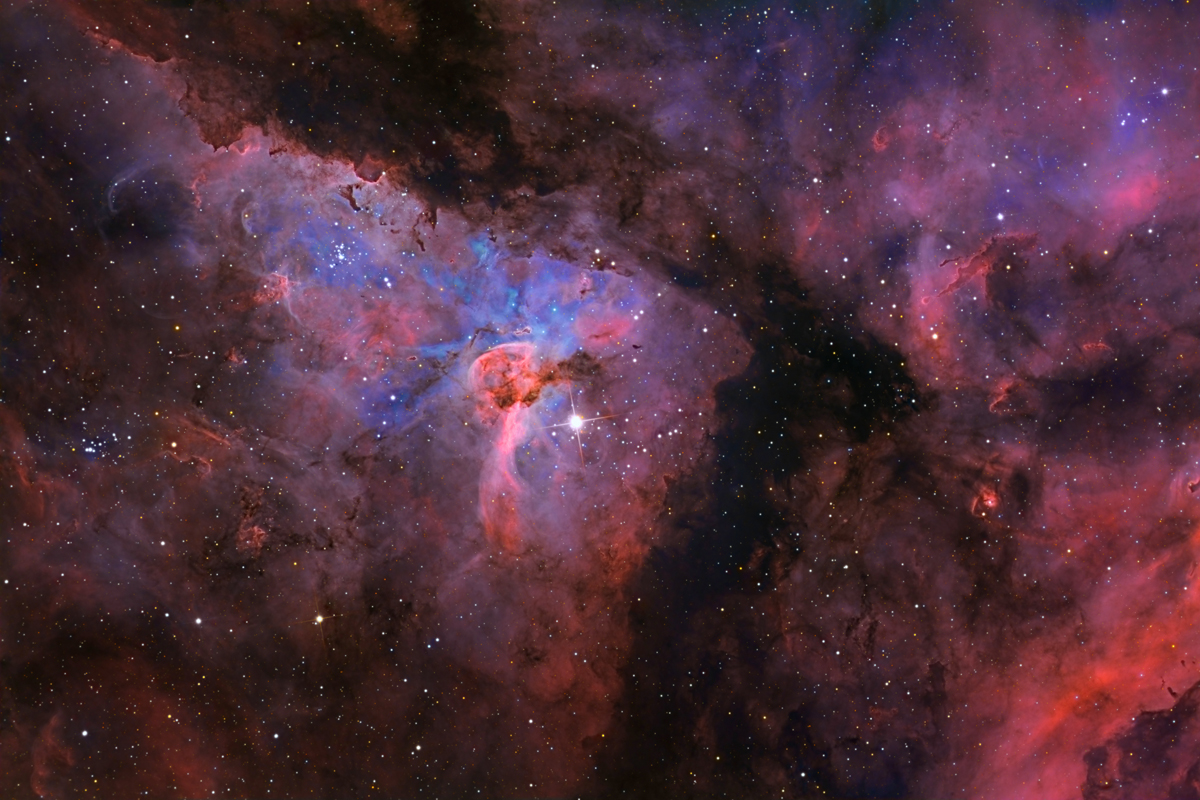
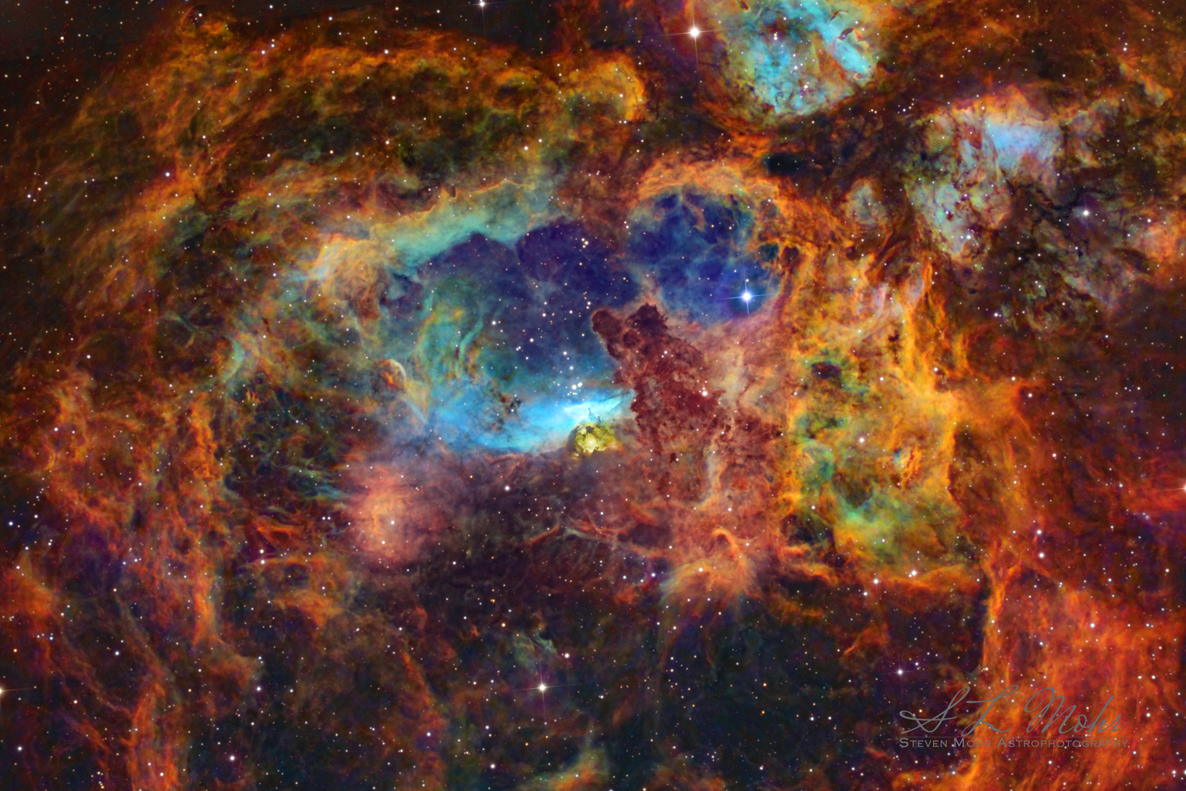
It hasn’t always been ‘state-of-the-art’ telescopes for the MPAS; the society started from very humble beginnings in July 1969, when four Frankston residents got together following Apollo 11’s landing on the Moon and set about creating the Astronomical Society of Frankston (ASF). In January 2004, it changed its name to the Mornington Peninsula Astronomical Society (MPAS).
Now, more than 50 years later, the Society has about 300 members, making it the second-largest in Victoria. The Society’s President, Mr Peter Skilton, is excited about the growth and future of the MPAS. “We grew from four founding members in 1969 at the time of the Moon landings, to hundreds of volunteer astronomers today, with many families joining in recent years, and many community groups and schools of all types and levels seeking us out for talks about space and wonderful evening adventures of star gazing under the heavens.
“We’d like to see this continued interest from the younger generation continue indefinitely,” he continued. “It’s the young ones who are the future and, who knows, it may be an Australian child that someday in years to come walks on the Moon or Mars having been inspired by a visit to us.”
And while the MPAS and the Observatory are relatively unknown by the wider Peninsula community, the volunteers and members are passionate. “Everyone has a hobby, pastime or passion for a plethora of reasons important to them,” said Mr Skilton. “To me, it’s all about passing on knowledge and developing others to move beyond their comfort zones and have a real adventure, sharing a magical, almost spiritual, experience with others who have a similar curiosity. Age is no barrier.”
And neither is background according to Mr Skilton. “Being part of an astronomy society is a great social leveller. We have members of all backgrounds, cultures and socio-economic and life circumstances who come together under a common interest. Some come from very humble backgrounds, while some have university degrees in a range of areas including science, medicine and the arts. The commonality seems to me to be a burning desire to know more about the universe and what makes it tick. In essence, it’s about trying to understand answers to the very big questions of existence, such as ‘why?’ and ‘how?’”
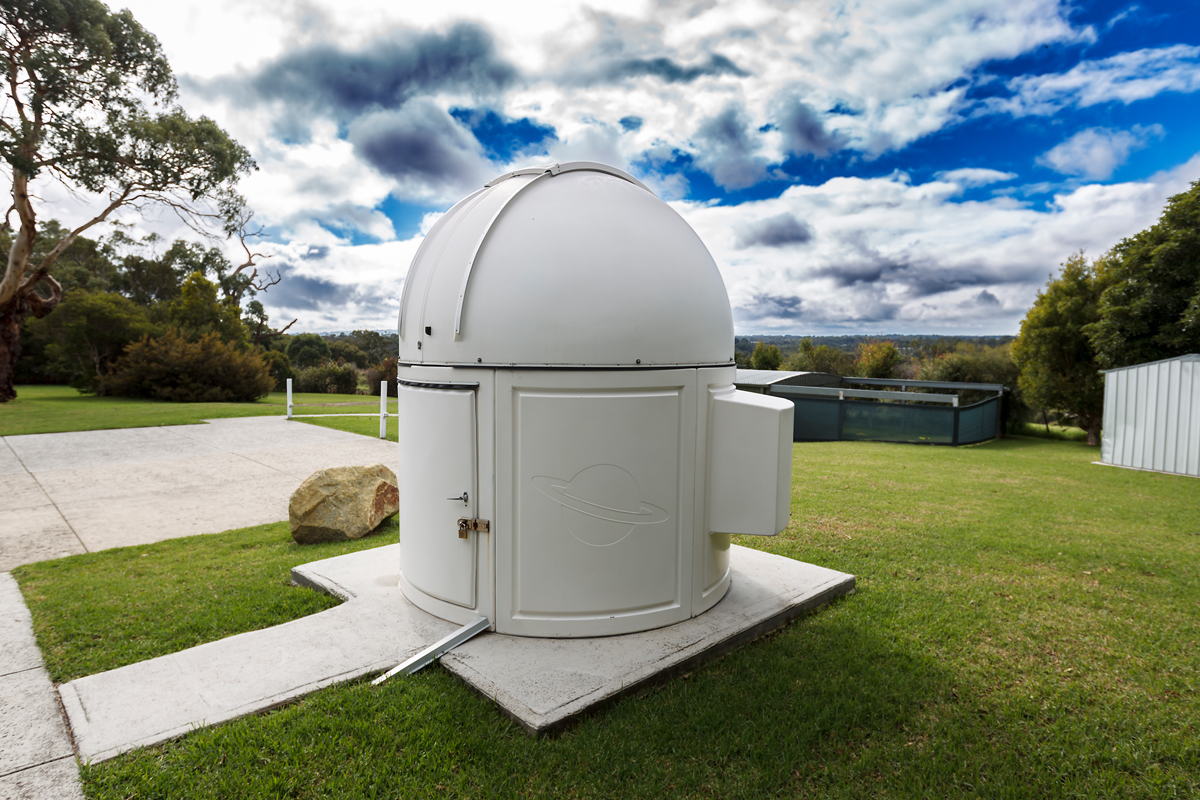
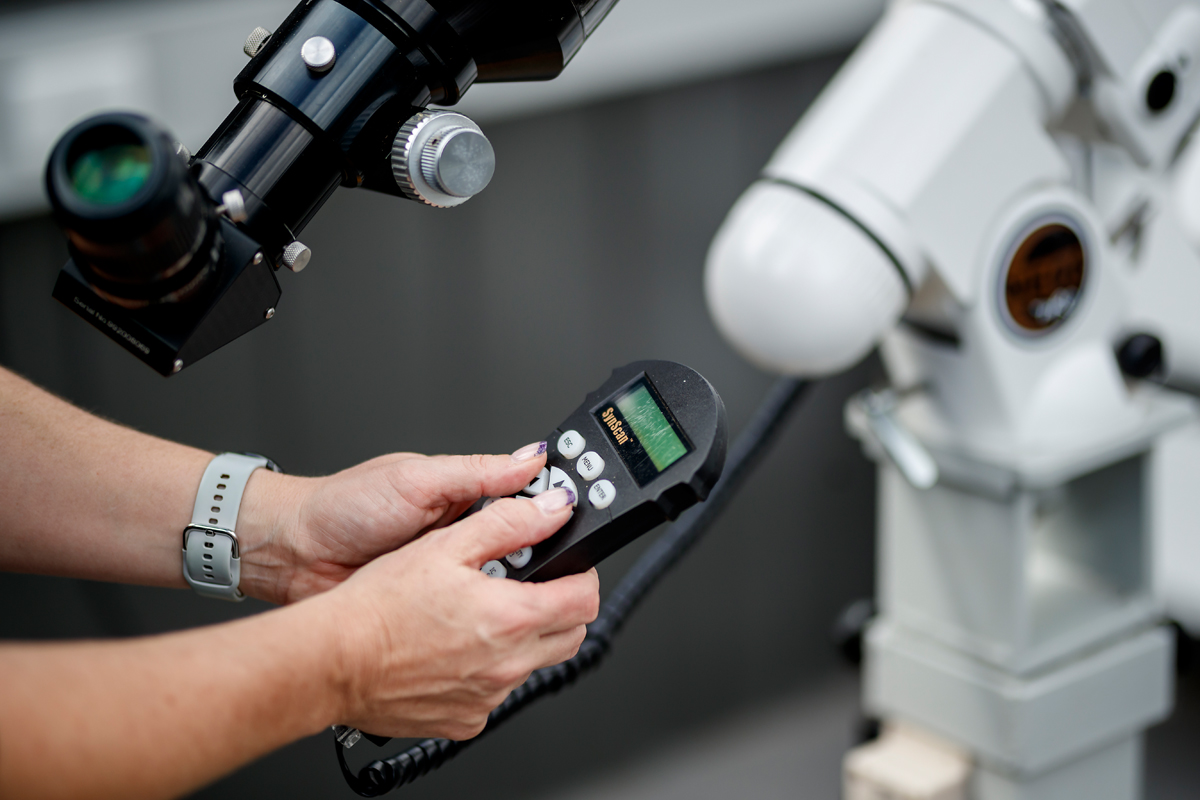
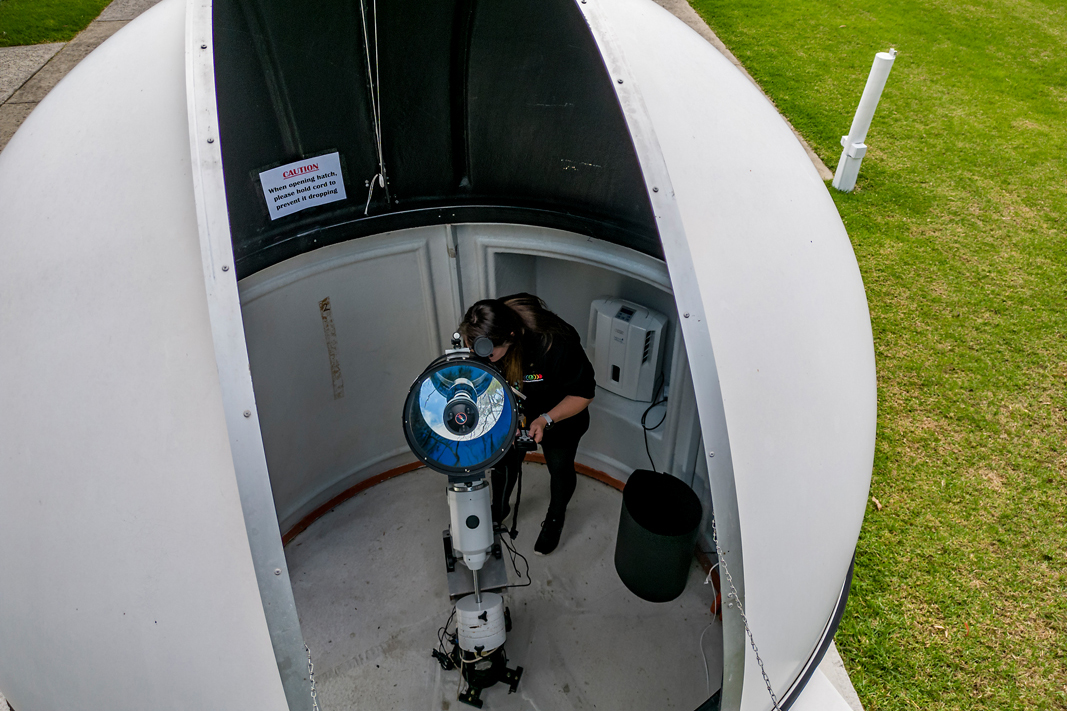
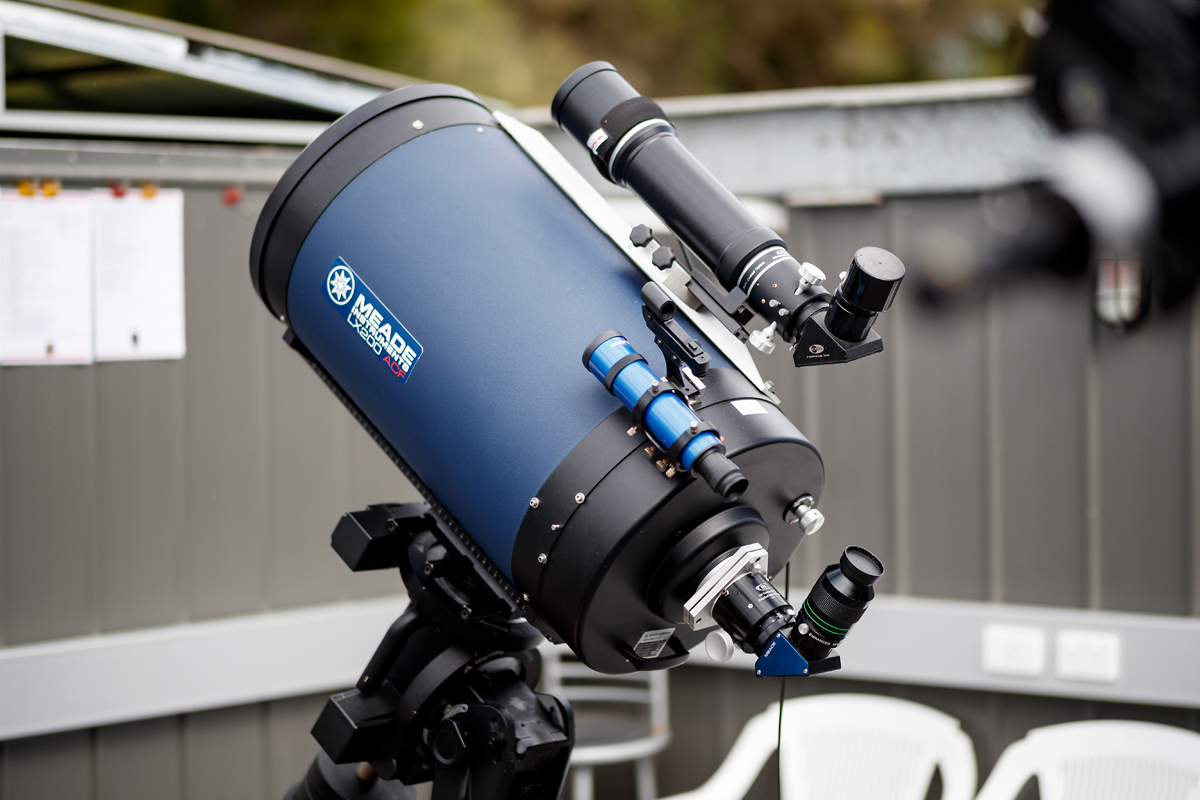
As well as the social benefits, talks and a host of amazing events including the recent ‘Close Encounters of the Fourth Kind Trivia and Star Gazing Night’ accompanied by live music performed by the Southern Peninsula Concert Band, the MPAS also offers incredible development opportunities for its members.
“Some members enjoy photographing the night sky,” said Mr Skilton. “And several of our members have received international recognition for their night sky photography. Other members over the years have enjoyed participating in ‘observing’ projects for organisations such as NASA and others, where their humble observations are put to very practical use in worldwide efforts. Some go on exciting co-ordinated field trips such as to Woomera, Parkes, and more recently some MPAS members have headed to Exmouth by car or on cruise ships to experience first-hand the total solar eclipse which was on April 20th this year.”
So, if you’re looking for a magical experience then a trip to the Mount Martha Observatory at The Briars should be on your bucket list, and make sure you take the kids. “One of the most wonderful experiences I’ve had,” said Mr Skilton, “is when a couple brings their children to one of our stargazing and talk nights and they tell us that their parents had done the same when they themselves were children, and that they wish to share the inspiration it provided them, and the magical experience they had, with the next generation of their family.”
You can find more information at the MPAS website.





